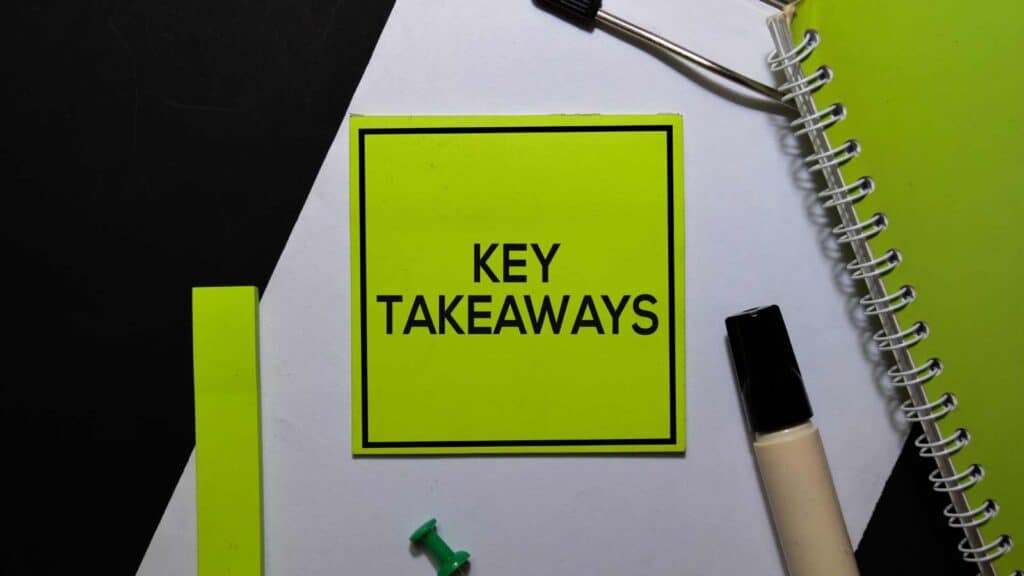The Future of AI Ethics Is Female
Think about Frances Haugen. She’s the Facebook whistleblower who, armed with documents, showed the world the real-life damage opaque, profit-driven algorithms were causing. Her act was about the ethical impact on vulnerable users, especially young women.
Right now, AI is overwhelmingly reflecting a narrow, male-dominated viewpoint, leading to biased hiring tools, discriminatory loan systems, and medical diagnostics that fail women. It’s high time to change the architects.
Demanding transparency and consequences for AI failures

A core part of the female-led ethics movement is demanding real accountability when AI systems cause harm (e.g., wrongful arrests based on flawed facial recognition). Women are often on the front lines, fighting to ensure victims of bias have recourse.
The challenge of accountability in AI is often called the “responsibility gap”: when multiple actors are involved (data scientists, engineers, deploying institutions), it becomes difficult to pinpoint who is legally liable when an autonomous system makes a discriminatory or harmful error.
The Bias Trap

An analysis published in the Proceedings of the National Academy of Sciences (PNAS) showed that common large language models (LLMs) often exhibit gender bias consistent with human stereotypes, linking female names more frequently with terms like “family,” “art,” and “home,” while linking male names with “science,” “business,” and “career.”
When women aren’t present at the design table, the systems designed to serve the world end up only serving half of it well.
The Health Hazard

Consider medical AI. Algorithms used to diagnose heart conditions are less accurate for women because the training data primarily featured male symptoms and physiology. A study in Nature Medicine highlighted the significant risk of bias in health AI, noting that algorithms trained without diversity can exacerbate existing health disparities.
Giving women greater power in designing these systems means ensuring that fairness and accessibility for different demographics are foundational, not afterthoughts.
Measuring Ethical Success

The typical measures of a successful AI model are speed, efficiency, and predictive accuracy. Female ethicists argue that this definition is too narrow. They advocate incorporating social metrics into the success criteria.
The problem with prioritizing only technical metrics (like precision and recall) is that they provide a narrow, sanitized view of performance that masks real-world harm and systemic inequity. An AI model can be 95% accurate overall yet be only 50% accurate for a specific marginalized group, which is an ethical disaster, not a success.
Gendered Credit Scores

AI is increasingly used to assess creditworthiness and loan applications. However, algorithms trained on historical lending data often reflect past societal biases, inadvertently penalizing women—especially single mothers or those with non-traditional career paths.
This creates a financial fault line where access to capital is unfairly restricted, reinforcing inequality. The fix requires women to demand fairness metrics that go beyond simple correlation.
The Deficit in AI’s DNA

According to the World Economic Forum’s Global Gender Gap Report, women hold only about 22% of data and AI roles globally. When the people designing the future of work, governance, and health are overwhelmingly homogenous, the resulting technology is, too.
This isn’t just an optics issue; it’s a perspective deficit. When the people designing the future of work, governance, and health are overwhelmingly homogenous, the resulting technology is, too.
Intersectional AI

Bias isn’t isolated; it’s intersectional. An AI system might be flawed for women, and even more flawed for women of color, disabled women, or elderly women. The work of scholars like Joy Buolamwini emphasizes that fairness must be assessed not just along one dimension, but across the complex reality of overlapping identities, a focus often championed by women in the field.
Beyond Efficiency and Profit

Many women who enter the AI ethics field, like Timnit Gebru, often approach problem-solving with an ethic of care and relational responsibility, not just pure engineering efficiency.
This perspective prioritizes the potential harm to marginalized groups and the long-term societal effects over short-term gains. In 2021, a Google AI Ethics lead noted that this focus moves the discussion from “Can we build this?” to the more important “Should we build this, and what happens if we do it wrong?”
Designing for Vulnerability

Traditional AI ethics often focuses on auditing—checking for bias after the model is built. Women in the field often push for “design for vulnerability,” an approach that considers potential misuse and harm from the very start.
Safiya Umoja Noble’s work, for example, critiques how search algorithms perpetuate negative stereotypes about women of color, demanding that the ethical framework be embedded in the design process itself rather than layered on later.
Also on MSN: How remote jobs are changing the career paths of young women
The necessity of diverse voices to challenge assumptions

When ethical discussions become dominated by a small, like-minded group, they create an echo chamber that overlooks blind spots. The presence of diverse women introduces dissenting voices, different lived experiences, and a necessary friction that ultimately makes the final product more resilient, fair, and applicable to the messy reality of the human experience.
The presence of diverse women, particularly those from marginalized groups, introduces necessary friction and dissent.
Female leadership is driving protective regulation

Women leaders in policy, like EU Commission President Ursula von der Leyen, are pushing for stricter regulatory frameworks, such as the EU AI Act, which classifies AI systems based on their potential to cause harm.
This shift reflects an empathetic policy stance—one that places citizen protection above industry convenience. This is the difference between a system that is merely functional and one that is just.
AI and Gender Exploitation

AI tools are increasingly used to generate non-consensual deepfake pornography, harass journalists, and silence women online, turning the technology into a weaponized mirror of societal misogyny.
This use of generative AI creates Technology-Facilitated Gender-Based Violence (TFGBV), a form of abuse with profound offline consequences, including psychological trauma and reputational damage. The problem is exacerbated because existing legal frameworks often lag behind the sophistication and speed of the technology.
Decolonizing the Algorithm

AI ethics should not be a purely Western, Silicon Valley conversation. Women from the Global South are instrumental in bringing perspectives on data colonialism, power imbalances, and the impact of large AI models on economies and labor markets in developing nations, pushing for a truly decolonized algorithm.
Key Takeaways

- Joy Buolamwini: Unmasked the “Coded Gaze”—proving that facial recognition AI systems are significantly less accurate for women and people of color, highlighting the necessity of diverse datasets and creators.
- Timnit Gebru: Championed the “ethic of care” over corporate profit, leading critical research on the environmental and social harms of large language models (LLMs) and co-founding Black in AI.
- Ursula von der Leyen: Provided top-level political leadership to make AI regulation a reality, driving the implementation of the EU AI Act—a global blueprint for risk-based, protective governance.
- Silicon Valley: Represents the current, dominant, and often homogenous culture of AI development.
- EU AI Act: The world’s first comprehensive legal framework for AI, setting mandatory standards for transparency, safety, and human oversight, largely pushed forward by female leadership in the European Union.
Disclosure line: This article was developed with the assistance of AI and was subsequently reviewed, revised, and approved by our editorial team.
7 Morning Rituals Women Swear By for More Energy and Confidence

7 Morning Rituals Women Swear By for More Energy and Confidence
Morning rituals don’t have to be complicated. A glass of water, a quick stretch, five minutes with your journal — these small things stack up to create significant change. Women who build these habits aren’t just “morning people”; they’re people who decided to take charge.
What Smart Homes Will Really Look Like in 2026 and Beyond

What Smart Homes Will Really Look Like in 2026 and Beyond
The first time I saw a voice-controlled toaster, I laughed. Now, my thermostat talks to my phone, the lights dim when I start a movie, and the door locks itself every night at ten. Somewhere along the way, “smart home” stopped being science fiction and quietly became the new normal.







